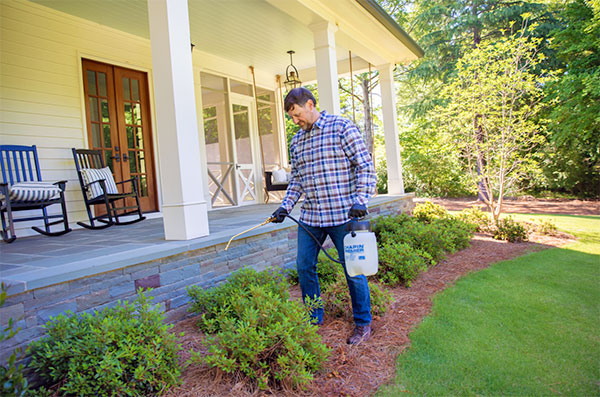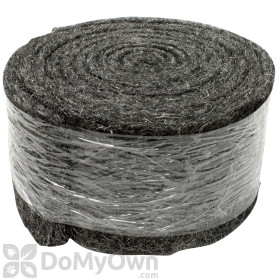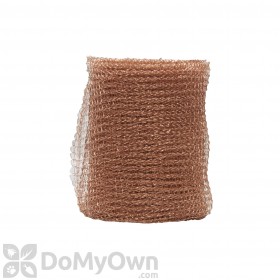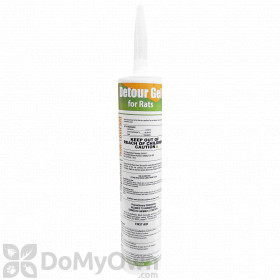
If you are a home or business owner, it's a good idea to practice some general pest prevention techniques to avoid an infestation before it starts. It is far cheaper and easier to treat your home a few times a year than to combat an infestation.
Use this guide to learn how to keep your structure and property pest free. If you do find pests in your home, we have guides on how to identify and treat the most common household pests. You can find these guides here.
Sanitation
Keeping a clean home will lessen the chance of insects trying to live near or inside your home. Sanitation means more than just cleaning food that has been left out or sweeping up after a meal outside. When it comes to pests, sanitation means altering or eliminating what pests need to survive. Almost all pests require the following to exist on your property:
- 1. A food source
- 2. Water or moisture
- 3. A place to live or harborage
By removing or limiting a pest's access to these three necessities, you will make your property less welcoming to pests.
Tips on How to Sanitize Your Home Against Pests

1. Trim back trees and shrubs so that the branches and foliage do not touch your home and allow more sunlight to reach your lawn.
2. Trim up bushes and shrubs so that you can see beneath them. This will eliminate hiding areas for small animals, snakes, and insects.
3. Rake back mulch, pine straw, and other landscape bedding at least 6 inches from your home or structure to create a barrier that pests are likely to avoid.
4. Do not overwater your lawn or garden. In areas that retain too much moisture, you may need to aerate your lawn to encourage draining.
5. Clean out gutters and downspouts frequently. Insects and other pests are known to harbor in these areas.
6. Mow your lawn as needed to keep growth low. Pests love to hide and harbor in tall grasses.
7. Remove grass clippings, leaf piles, and stacked wood from your property to eliminate hiding places for pests.
8. Store outdoor trash cans and dumpsters as far away from your structure as possible and be sure they have tight-fitting lids.
9. Thoroughly wash out trash cans and dumpsters with an ammonia-based solution as needed to keep odors and bacteria down.
10. Vacuum frequently and keep the inside of your home free of crumbs. Keep food in sealed storage containers.
Exclusion
Once you have used the tips above to make your home as sanitary and un-welcoming to pests as possible, you will want to limit pests' access to your home or structure.
Use the following tips to help prevent pests from entering your home:
- 1. Repair or replace all torn or missing window and door screens.
- 2. Replace old or missing weather stripping and door sweeps.
- 3. Seal any cracks, crevices, or gaps in your structure with Stuf-Fit copper mesh, Xcluder cloth, expanding foam, caulk, and/or hardware cloth.
- 4. Repair or replace broken or missing vent covers.
Products needed for Step 2
Are you seeing pests in or around your home? Learn how to find where pests enter your home and how to do your own pest control treatment with our pest prevention guide. Click the right arrow below to read page 2 of our guide.









